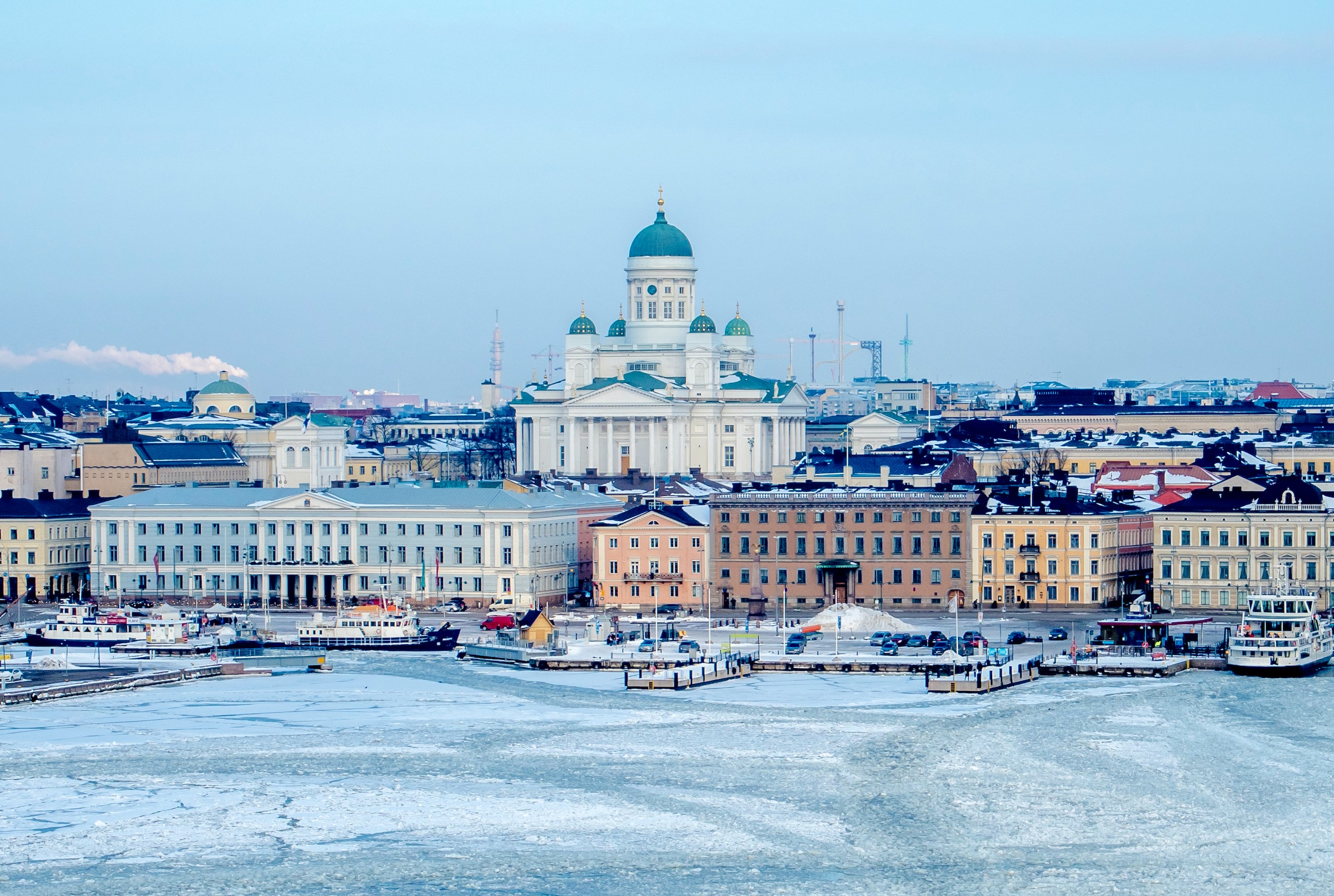The Finnish Climate Change Panel calls for action to adapt to the effects of climate change
BANKS OF RAIN and floods instead of droughts, heat waves and storms are the most serious consequences of climate change in Finland. report The Climate Change Panel released last week.
The report of the independent multidisciplinary think tank is the first attempt to provide an overview of national actions and regional consequences for adaptation to change.
The report warns that future low-pressure systems will contain more moisture and increase rainfall, especially between October and February.
“From the scenarios, we can conclude that rains pose great risks. Analyzes show more reliably that it is raining. For example, wind is not a risk that grows as much, ” Hilppa Gregow, Research Professor in charge of Climate Change Impact Research at the Finnish Meteorological Institute (Finnish Meteorological Institute), stated To YLE on Thursday.
Finland’s climate will inevitably change in the coming decades, even if emissions are reduced in Finland. Therefore, the country should not only focus on emission reductions and other climate action, but also prepare for the consequences of climate change – and not waste time on it, according to the Climate Change Panel.
The need to adapt to change is urgent, especially if the climate is inadequate.
Flood risk is greatest in Pori and Rovaniemi. However, floods and heavy rains also cause problems in the southern coastal areas, along the Kymi River in Kymenlaakso and in the coastal areas between Kotka and Hamina.
According to Gregow, residents ’drinking water and heating systems are at risk in these areas.
“Flood risks are already significant in these locations and are only growing. In Pori, flood risk needs to be looked at in a whole new way. Similarly, in Lapland, all urban areas need to be thoroughly inspected, ”he told the broadcaster.
– We focused too much on warming the weather and how much, he added. “We should pay much more attention to how much it rains, where the rains happen and what effects they have.”
Due to the typical routes of low pressure systems, rainfall is projected to increase in the southern and northern parts. The risk of floods increases in the north because a lot of snow melts in the spring and in the south due to warmer and wetter winters.
“Our soil is not used to rain all year round. We haven’t had it before, ”Gregow said.
Heavy rainfall and a paved urban environment are another worrying combination, as cities that cannot tolerate rain will not be able to withstand the harsh weather phenomena of the future. Paris, for example, has recognized the problem and has begun to replace concrete pavements in forest areas to adapt to both heavy rains and heavy heat waves.
“If we continue to build in this way, that is, only on asphalt, cities will also face major problems in Finland,” Gregow warned.
The expected annual value of flood accidents in Helsinki and Espoo is about four million euros. Without measures to adapt to growing risks, annual damage will increase by 16-120% by 2050.
Several countries are pulling their feet in preparing for the effects of climate change. Finland is no exception, as it focuses on strategic guidance and coordination as well as large-scale plans.
“Adjusting and identifying risks regionally is in its infancy. There is no reason why no systematic risk assessments have been carried out, Sirkku Juhola, A professor at the University of Helsinki commented on YLE.
Juhola emphasized that possible future scenarios should be taken into account in all major infrastructure projects if we want to ensure that the building remains upright and the road is in use at the end of the century.
“I call for comprehensive risk assessments to guide the targeting of adaptation measures,” he said, adding that citizens should also weigh the need for a contingency plan.
“Adaptation is the responsibility of every property owner. If you own properties or forests that are prone to many direct impacts, check your current insurance policy. In the event of a sudden flood risk, you should actually consider what you should actually do if water stars fall through the door. “
“What we do to avoid massive devastation and economic damage and other harm to people is a major social issue,” Gregow reiterated.
Aleksi Teivainen – HT




